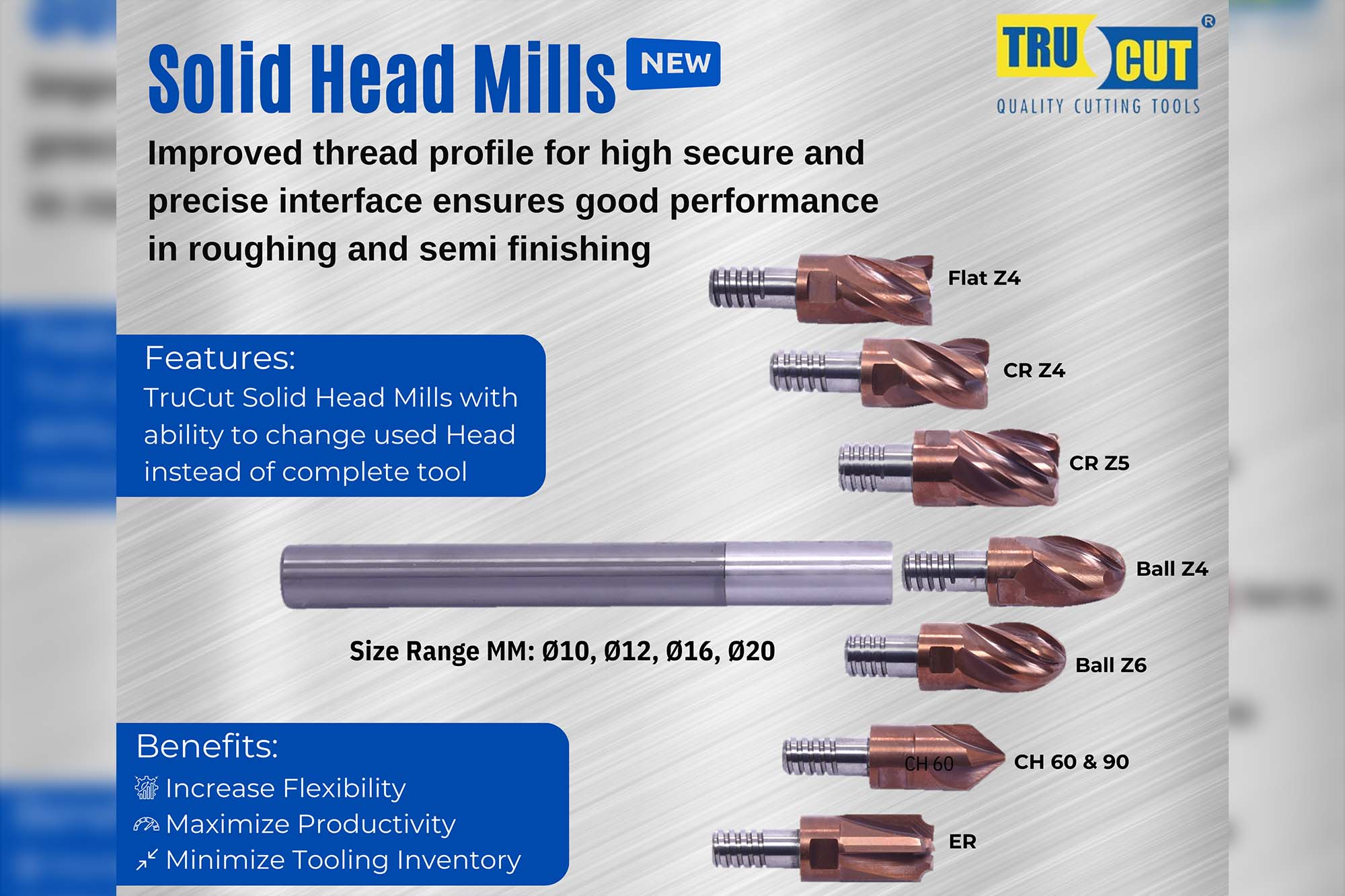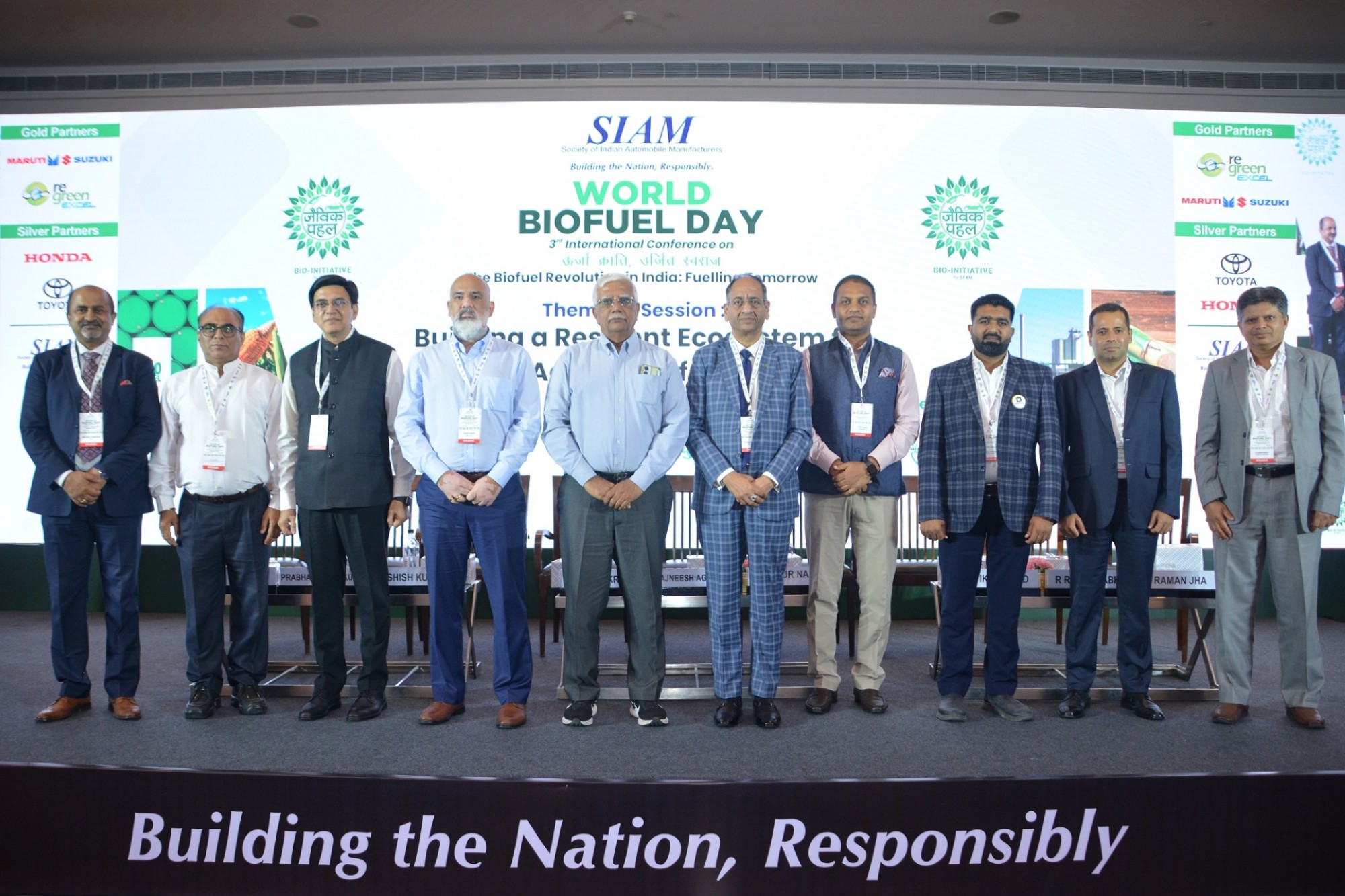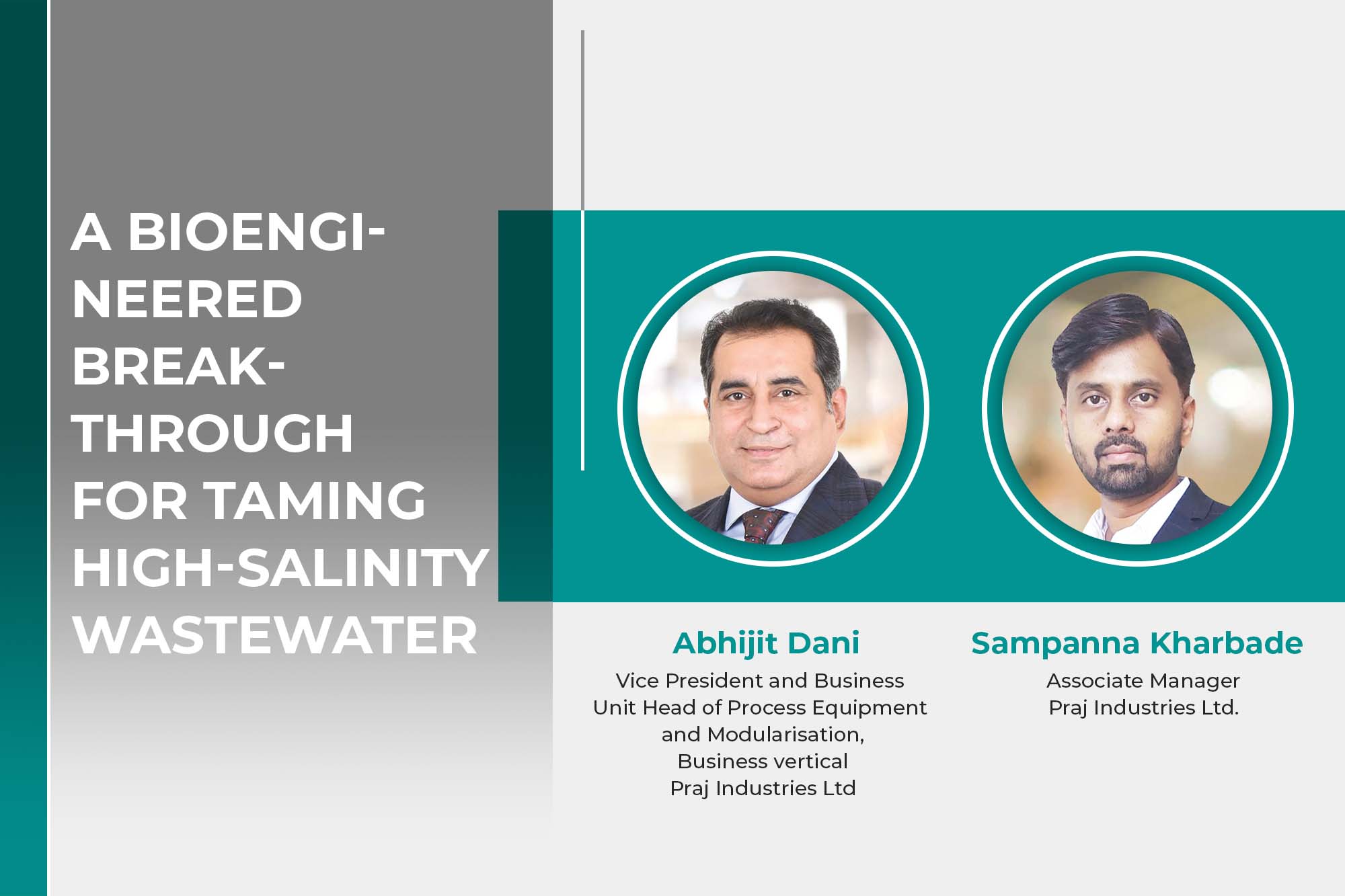Aluminium Welding: Creating a Spark in Shipbuilding
By admin October 13, 2012 8:45 am IST
With the increasing demand to create larger and faster ships, particularly for military service and the development of new, improved, high-performance aluminium base materials; aluminium welding has acquired an interesting and important place in ship building industry
Steel has an extensive account of providing superior mechanical properties to the ship building industry, but with one major disadvantage: weight. Increasing demands for size have forced ship designers to search for alternative materials which will reduce the weight of the ship without compromising strength. When properly designed, aluminium typically reduces the weight of small structures made of low-carbon steel by over 50 per cent. Weight issues have become increasingly important as advanced technology allows us to build larger ships. Since 1910, the maximum weight of ships has more than doubled, increasing from 46,000 tons to 109,000 tons. Increasing demands for size have forced ship designers to search for alternative materials to reduce the weight of the ship without compromising strength. Dramatic technological advances have allowed aluminium to meet or exceed the minimum strength requirements for normal strength steels currently used in the shipbuilding industry. Another advantage of aluminium is its resistance to corrosion, which is superior to steel – it corrodes over 100 times slower than conventional structural carbon steel used to build ships.
This report elaborates the weight reduction, strength, corrosion resistance, and cost of replacing conventional structural steel with lighter-weight aluminium alloys in the shipbuilding industry. Advantages • Structural design of a ship should seek to minimise weight. This will reduce cost and minimise the loss of cargo dead-weight due to structure. • Weight reduction not also increases fuel efficiency. As a ship gets larger it becomes increasingly difficult to design for fuel efficiency without sacrificing other aspects. In addition, larger ships require larger power plants, which require more fuel. The larger engines and massive quantities of fuel add weight to the already bulky ships. Storage of the fuel also becomes a question. Weight issues have become increasingly important as advanced technology allows us to build larger and larger ships. • Aluminium has higher corrosion resistance over steel; this results in increased ship life. Weight Impressive technological advances in strength have allowed aluminium to emerge as a possible replacement for ocean-going ships. With a density of 2.70 g/cm3, aluminium is roughly one-third the weight of steel (r = 7.83 g/cm3). Table 1 highlights the strength to weight ratio of different aluminium alloy and carbon steel.
Table 1: Strength to weight ratio of different aluminium alloy and carbon steel Corrosion
ASTM material code
Material
type
Typical
Ultimate Tensile Strength, ksi
Density,
g/cm3
Strength-to-
Weight Ratio
7075-T6
Aluminium
83
2.80
822
2024-T361
Aluminium
72
2.80
713
5056-H18
Aluminium
63
2.66
656
6061-T6
Aluminium
45
2.71
459
3004-H38
Aluminium
41
2.71
418
Fibreglass
Fibre
19
1.43
367
6063-T5
Aluminium
27
Cookie Consent
We use cookies to personalize your experience. By continuing to visit this website you agree to our Terms & Conditions, Privacy Policy and Cookie Policy.


















